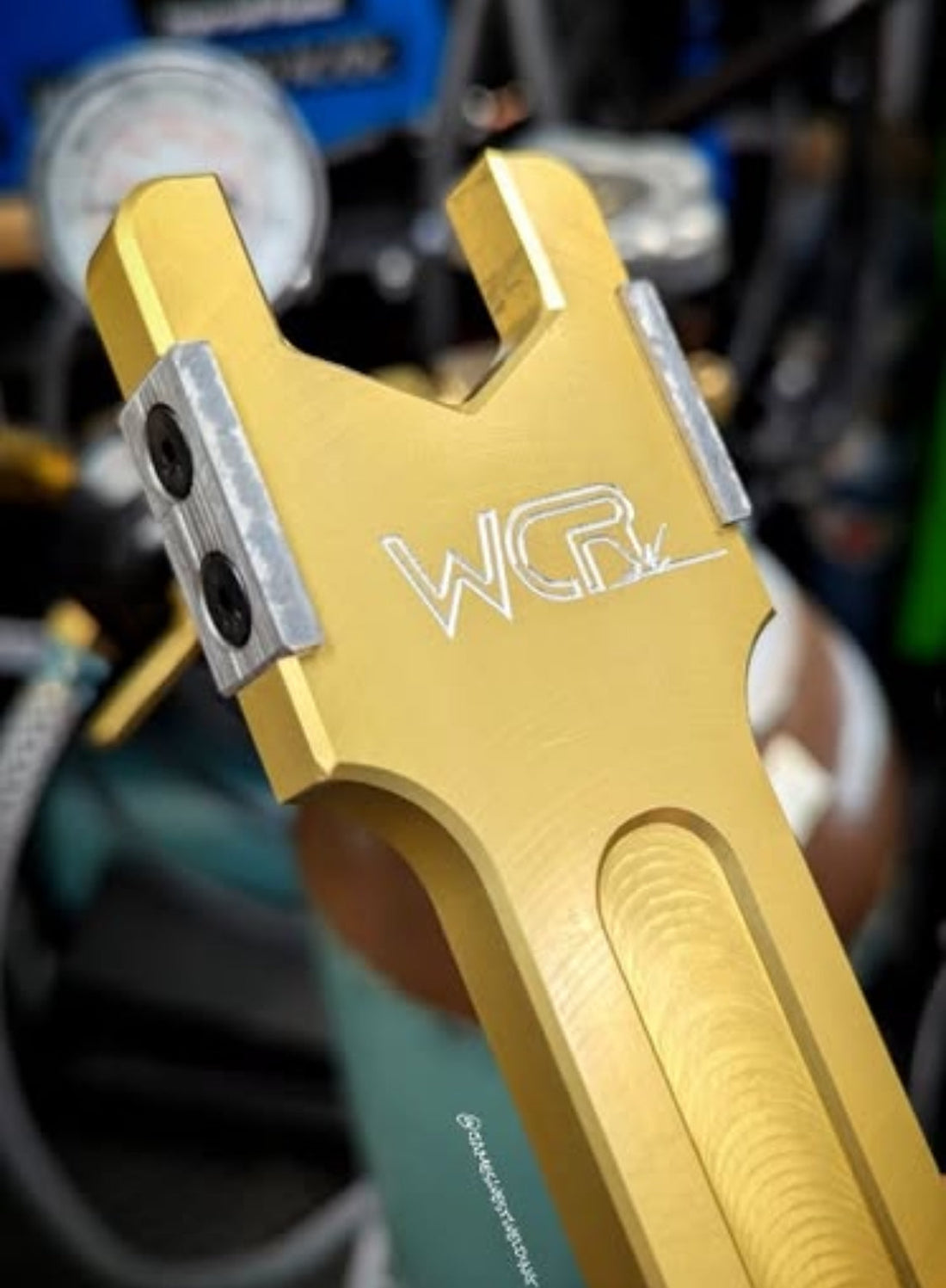The Different Types of Welding Gases for MIG and TIG Welding
When it comes to MIG welding and TIG welding, choosing the right welding gas is just as important as selecting the correct filler wire or electrode. Shielding gases protect the weld from atmospheric contamination, improve arc stability, and can dramatically affect bead appearance and penetration. At WCR Tools, we know the right gas can make the difference between a strong, clean weld and a costly rework.
Let’s break down the most common shielding gases used in MIG and TIG welding, and how to choose the best one for your project.
MIG Welding Gases
Metal Inert Gas (MIG) welding — also called Gas Metal Arc Welding (GMAW) — often uses a mixture of gases to balance penetration, spatter control, and weld appearance.
1. 100% CO₂ (Carbon Dioxide)
-
Best for: Deep penetration and strong welds in carbon steel
-
Advantages: Affordable, widely available
-
Drawbacks: More spatter and a rougher bead compared to mixed gases
2. 75% Argon / 25% CO₂ (C25 Mix)
-
Best for: General-purpose steel fabrication
-
Advantages: Smoother arc, less spatter, cleaner welds
-
Drawbacks: Slightly higher cost than pure CO₂
3. 90% Argon / 10% CO₂ (Spray Transfer)
-
Best for: High-production welding on thicker steel
-
Advantages: Allows spray transfer mode for faster, hotter welds
-
Drawbacks: Not ideal for thin metals
4. Argon / Oxygen Mix (98% Argon, 2% Oxygen)
-
Best for: Stainless steel MIG welding
-
Advantages: Improves arc stability, wetting action, and bead appearance
-
Drawbacks: More expensive and requires precise control
TIG Welding Gases
Tungsten Inert Gas (TIG) welding — also known as Gas Tungsten Arc Welding (GTAW) — requires an inert shielding gas to produce precise, high-quality welds.
1. 100% Argon
-
Best for: Aluminum, stainless steel, carbon steel, and most non-ferrous metals
-
Advantages: Excellent arc stability, easy starts, clean welds
-
Drawbacks: More expensive than CO₂ but essential for TIG
2. Argon / Helium Mix
-
Best for: Thick aluminum, copper, and other high-conductivity metals
-
Advantages: Helium increases heat input, improving penetration
-
Drawbacks: Helium is more expensive and can make arc starts trickier
3. 100% Helium
-
Best for: Specialized TIG welding requiring deep penetration
-
Advantages: High heat, fast travel speeds
-
Drawbacks: Costly and harder to control for beginners
4. Argon / Hydrogen Mix (95% Argon / 5% Hydrogen)
-
Best for: Austenitic stainless steel
-
Advantages: Increases heat and fluidity of the weld pool
-
Drawbacks: Not suitable for carbon steel or aluminum due to risk of porosity
How to Choose the Right Welding Gas
When selecting a welding gas, consider:
-
Metal type: Steel, aluminum, stainless steel, or exotic alloys
-
Weld appearance: Do you need a smooth, clean bead or is penetration more important?
-
Budget: Gas mixtures cost more but can save time in cleanup and rework
-
Process type: MIG and TIG have different gas requirements
The Importance of the Right Gas Regulator and Flow Meter
Choosing the right welding gas is only half the equation — controlling it properly is just as critical. Gas regulators ensure the correct pressure, while flow meters maintain consistent flow rates, giving you better weld quality and reducing wasted gas.
If you’re not sure which regulator or flow meter is right for your setup, check out our in-depth guide:
The Different Types of Gas Regulators and Flow Meters for Welding
This article explains the differences between single-stage and dual-stage regulators, how flow meters work, and tips for setting them up for MIG and TIG welding.
WCR Tools — Your Welding Accessory Partner
At WCR Tools, we supply high-quality welding accessories, tools, and consumables for both professionals and DIY welders. From our Arclight Spanner Regulator Wrench to our patent pending Magnetic Welding Ground with Burn Bar, we help you get the most out of your MIG and TIG equipment.
